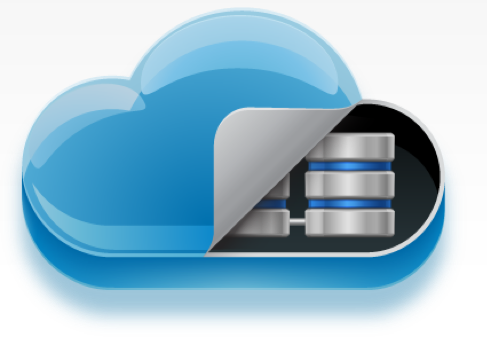
Salesforce has unveiled a slew of new tools and services to lure developers to its cloud-based platform.
Leading the pack is Database.com, a cloud database that can power apps built for Android and iOS-based devices. These apps can be hosted on Salesforce’s own Force.com or other cloud-based platforms including Amazon Web Services and Windows Azure.
Database.com can also be used to run social media applications using a social data model that holds and manages data for social feeds, user profiles and status updates. Developers can specify followers for database records or request data feeds to display real-time data updates through social APIs.
The database is already used by over 100,000 Salesforce customers and is now generally available to all enterprises. It managed over 36 billion transactions and 13 billion custom objects in the second quarter alone.
A free account will support up to 100,000 records, 50,000 transactions per month, with support for three enterprise users. Additional capacity, transactions and users can be purchased at prices starting from US$10 per month.
“Database.com is the heart of the social enterprise,” said George Hu, Salesforce’s executive vice president for platform, marketing and operations.
“Just like Salesforce is reborn social, databases need to be reborn social,” he added. “That’s why we’ve redesigned our multi-tenant cloud database to be social, mobile and open”.
Salesforce has also beefed up Force.com with a new visual workflow designer that lets companies model and deploy business processes entirely on the cloud.
Users will be able to easily collaborate on business workflows using simple drag-and-drop features. The tool also lets partners and independent software vendors create new capabilities and to integrate with third-party apps.
Also new to Force.com is touch.salesforce.com, a feature that renders Salesforce apps using HTML5 to fit smartphones and tablet displays. What this means is that developers will no longer need to develop mobile versions of their apps to fit smaller screens.
One such app is Seesmic CRM, which lets users search their Salesforce accounts as well as look up and create leads, contacts and sales opportunities on Android phones. On the record, Seesmic says the app does not compete with touch.salesforce.com, but it’s hard to buy that line given the similarity between the two.
To entice the large community of Java developers to create apps for the Salesforce platform, the company announced Java support for Heroku, the app development platform that Salesforce plans to acquire for US$212 million.
Heroku, a Ruby on Rails cloud application platform, was created in 2007 with the aim of making deploying and managing cloud apps as easy as developing them.
The application platform features a workflow and interface designed to mirror how developers work. Because the platform is delivered as a service, there are no virtual machines, software and hardware to manage.
Salesforce CEO Marc Benioff had said earlier that the Heroku acquisition was driven by calls for the company to embrace open development platforms such as Ruby on Rails and Java.
The vendor’s own Apex programming language, which employs syntax that is similar to Java, had been criticized for being too proprietary.
During a demo at Dreamforce 2011, Salesforce executives showed the ease with which a Java program can be deployed as a Facebook app in a few clicks with Heroku. The program, which allows Facebook users to purchase Harry Potter movie merchandise, was developed by Warner Bros.




